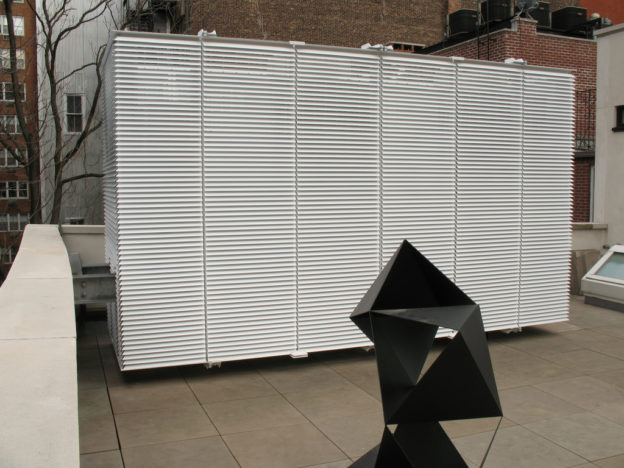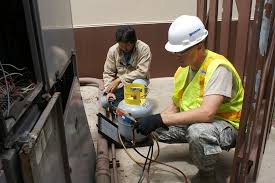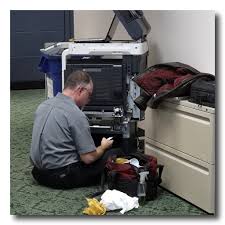
Introduction
Evaporative coolers operate on the principle that evaporating water into the air in areas with low humidity enables the environment to cool naturally. They cool external air by making it go through water-saturated pads, which causes the water to evaporate. Then the cooled air is taken into the home, and as it enters the home, warmer air is expelled through the windows.
Size and selection
 Evaporative coolers are of different models. The rating of the coolers is by the cubic feet per minute (cfm). The majority range from 3,000 t0 25,000 cubic feet per minute. Based on the climate of your environment, experts recommend provision of adequate air-moving capacity for 20 to 40 changes of air per hour.
Evaporative coolers are of different models. The rating of the coolers is by the cubic feet per minute (cfm). The majority range from 3,000 t0 25,000 cubic feet per minute. Based on the climate of your environment, experts recommend provision of adequate air-moving capacity for 20 to 40 changes of air per hour.
Installation
There are two possible ways in which evaporative coolers can be installed. These are the cooler blowing air into a central location or connecting the cooler to ductwork, and the ductwork is what then distributes the air to different rooms. Of the two systems, central-location installations work well for small houses whereas ducted systems work well with larger homes that have many rooms.
Even though many people install down-flow coolers on their roofs, experts advise ground mounted horizontal units. Such units enable easier maintenance and prevent the risk of roof leaks.
Operation
Two speeds and a vent-only option are preferred for evaporative coolers. Cooler air movement can be controlled by adjusting windows. Both temperature and humidity can be regulated by opening windows in places that need cooling. The optional filters help in removing dust particles from the incoming air.
Maintenance
Drain and clean your evaporative cooler regularly. Remove sediment and mineral build-up. Consider carrying out major cleaning every season and routine maintenance severally in the cooling season. It is advisable to replace pads at least twice during the cooling season.
Drawbacks
Evaporative coolers tend to add humidity to the air during humid climates, thus should not be used in such climates. Routine maintenance of the coolers installed on roofs causes deterioration of the ceiling. You will have to find a ladder every time you want to carry out maintenance on rooftop coolers.
Conclusion
 It is important to note that evaporative waters use water. They use water on a continuous basis. Therefore, they are ideal for areas with plenty water supply. People living in areas with limited water supply ought to count the cost of adding an evaporative cooler to an already limited supply of water.
It is important to note that evaporative waters use water. They use water on a continuous basis. Therefore, they are ideal for areas with plenty water supply. People living in areas with limited water supply ought to count the cost of adding an evaporative cooler to an already limited supply of water.
